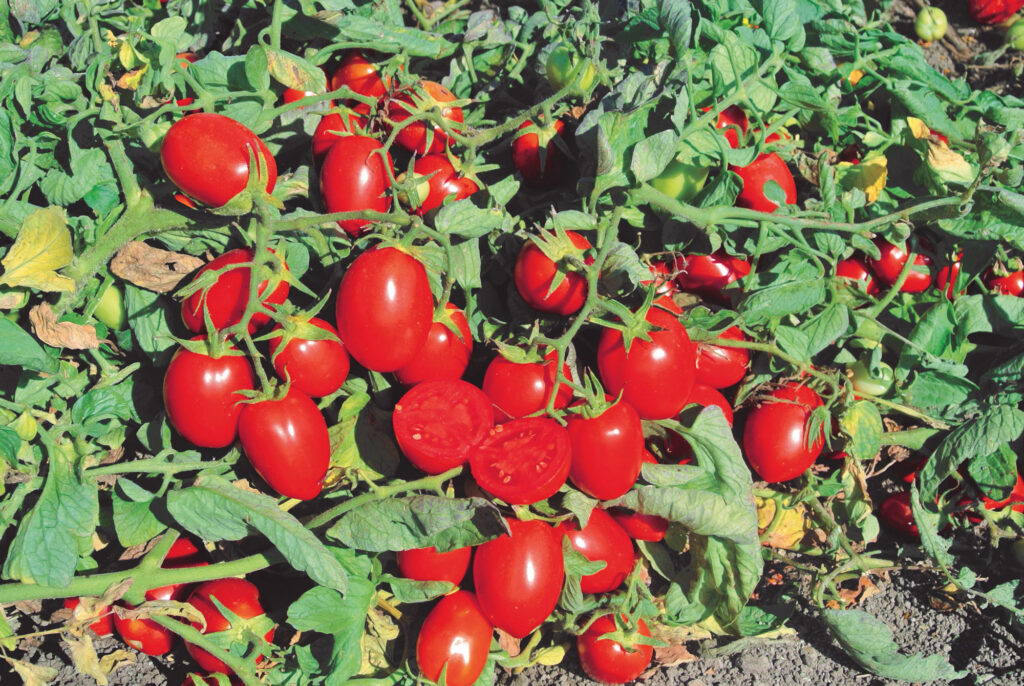![]() Blossom-end rot is the bane of every tomato gardener’s existence. It starts as small brown spots on the blossom end of the fruit and rapidly progresses to form sizable rotten areas. While the rest of the tomato is safe to eat if you cut away the ruined portion, preventing blossom-end rot before it starts is a better strategy for gardening success.
Blossom-end rot is the bane of every tomato gardener’s existence. It starts as small brown spots on the blossom end of the fruit and rapidly progresses to form sizable rotten areas. While the rest of the tomato is safe to eat if you cut away the ruined portion, preventing blossom-end rot before it starts is a better strategy for gardening success.
This abiotic disorder is the result of a calcium deficiency, often caused by nutrient-poor soil or extreme fluctuations in soil moisture that interfere with calcium uptake. Here’s how to beat it:
Add organic matter to the soil. If you are planting in raised beds or if your soil is low in natural organic matter, you might need to provide a little extra. Organic matter is simply the portion of the soil composed of living or dead things — such as plant roots or microbes — in various states of decay. Gardeners can contribute this vital soil component by incorporating organic fertilizers like compost and manure. Organic matter helps retain soil moisture and increases a plant’s ability to uptake calcium. Check the level of organic matter when testing your soil, and you won’t regret it.
Fertilize responsibly. Shoot for a pH level of 6.5 and use lime or gypsum to maintain an appropriate calcium supply. When pH drops too low, nutrients like calcium, phosphorus and magnesium are less available to tomato plants. Lime helps raise soil pH and is best applied several months in advance. Gypsum (calcium sulfate) is very useful when your pH level is appropriate but calcium is too low. Reach out to your local Extension agent for advice on soil testing and how best to prepare the ground for tomatoes.
Mulch the garden. Spread 2 to 3 inches of mulch around tomato plants to prevent erratic moisture shifts, but keep mulch a palm-width away from the base of plants. Failing to do so will merely shift the rot to another spot on the plant.
Irrigate correctly. Provide tomatoes with a consistent 1 to 1.5 inches of water per week.



